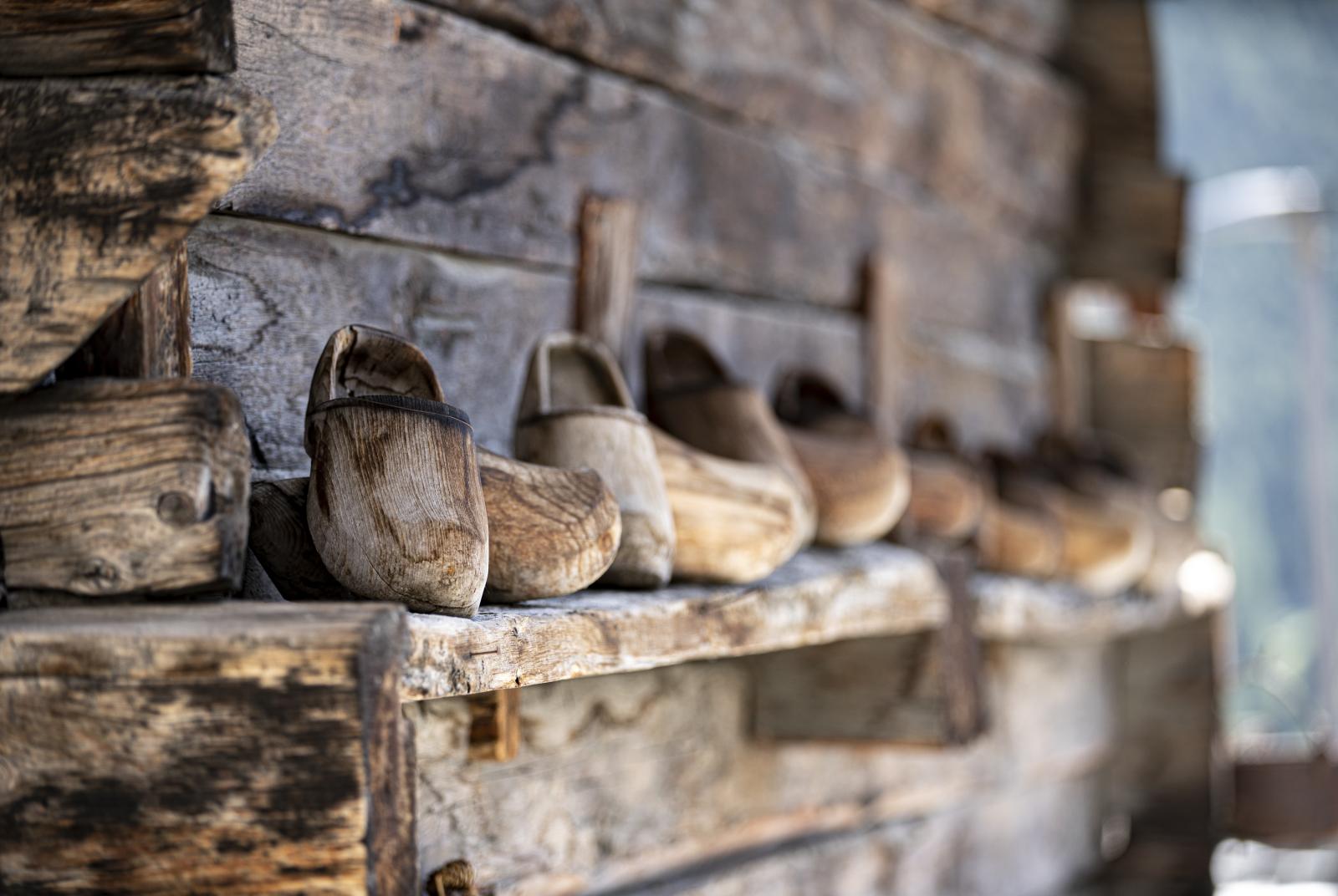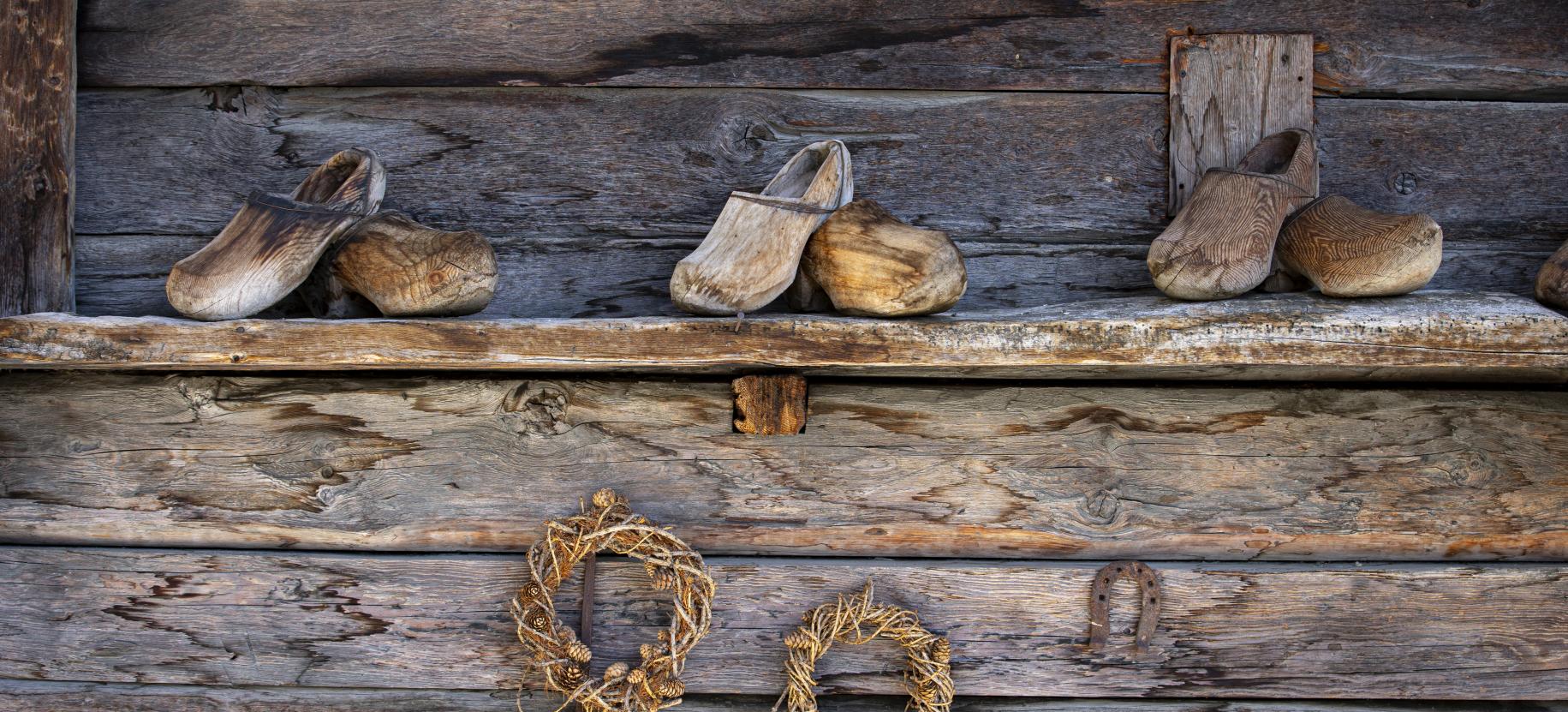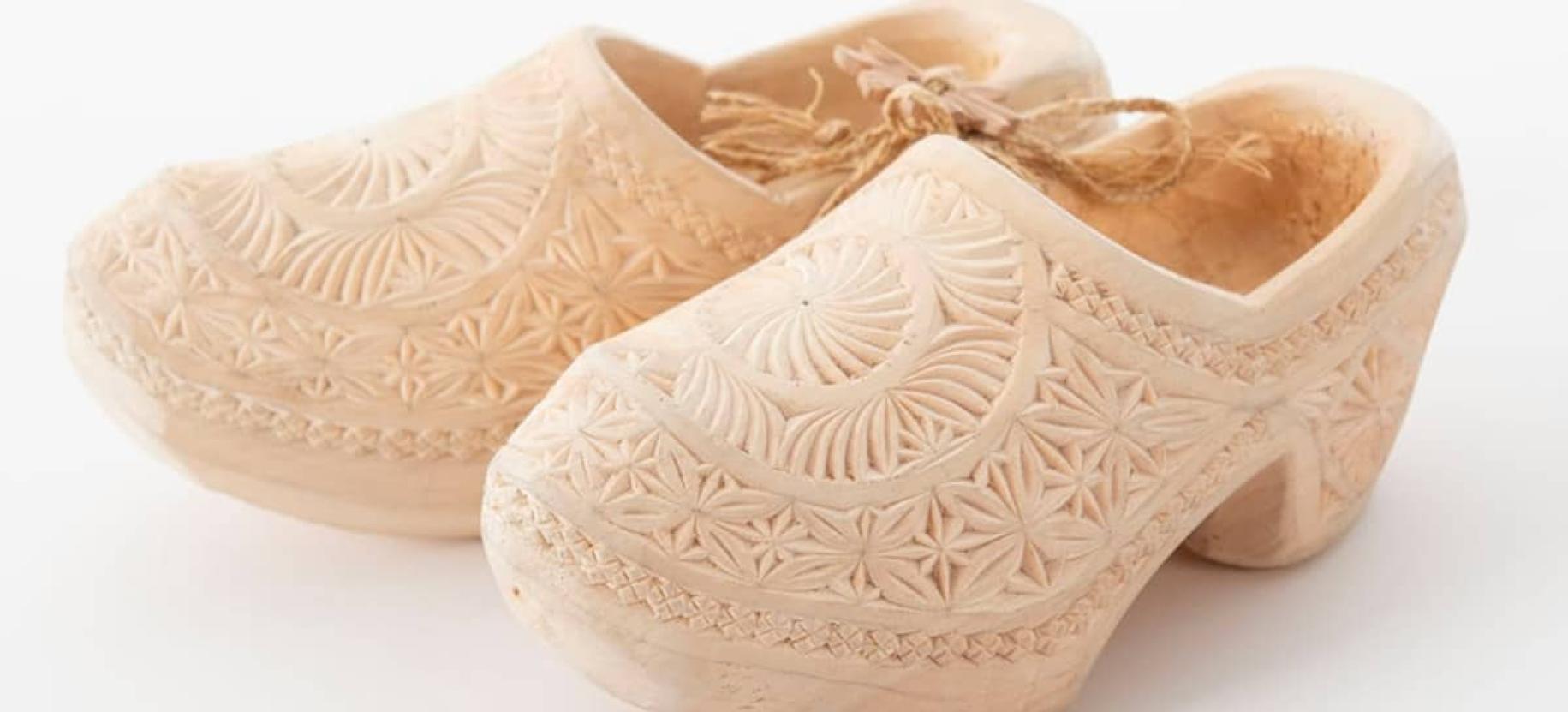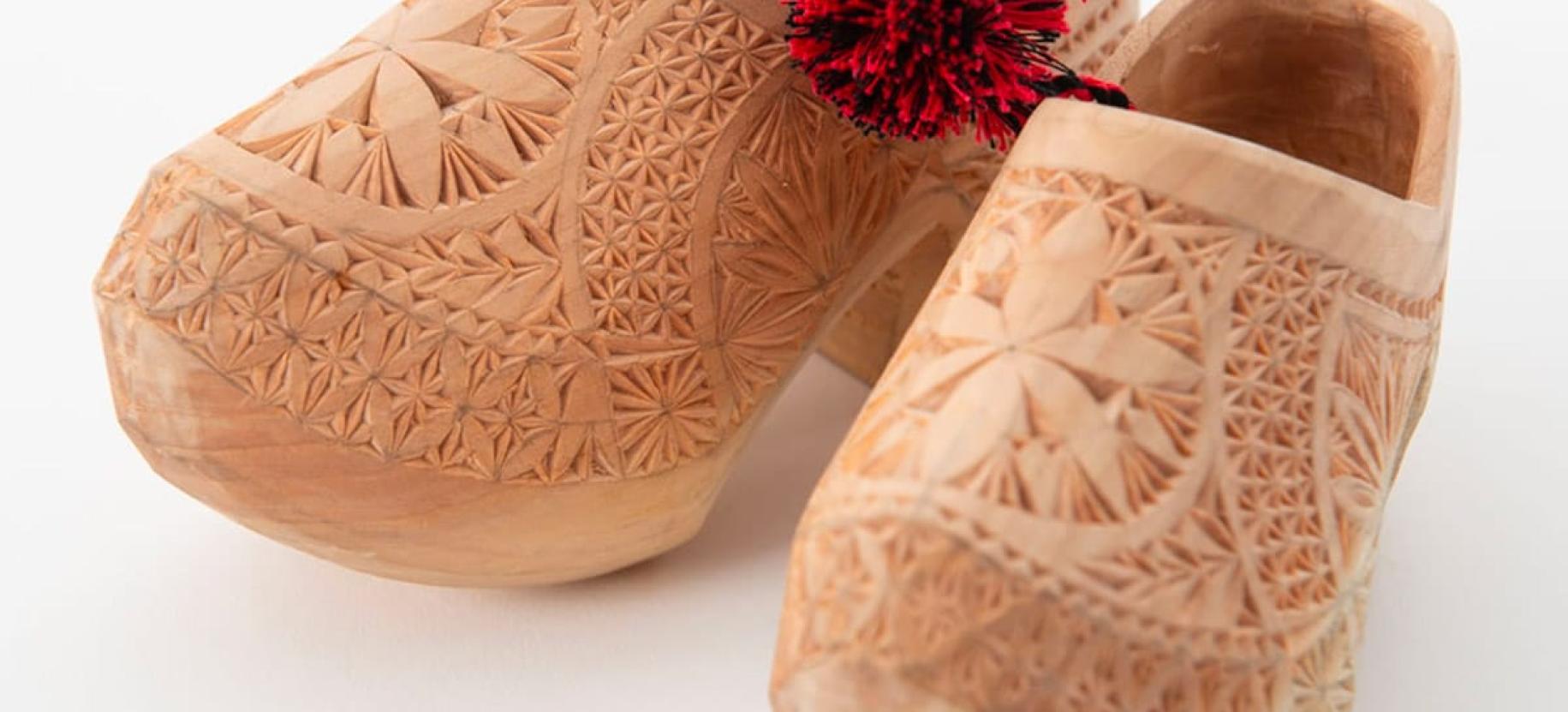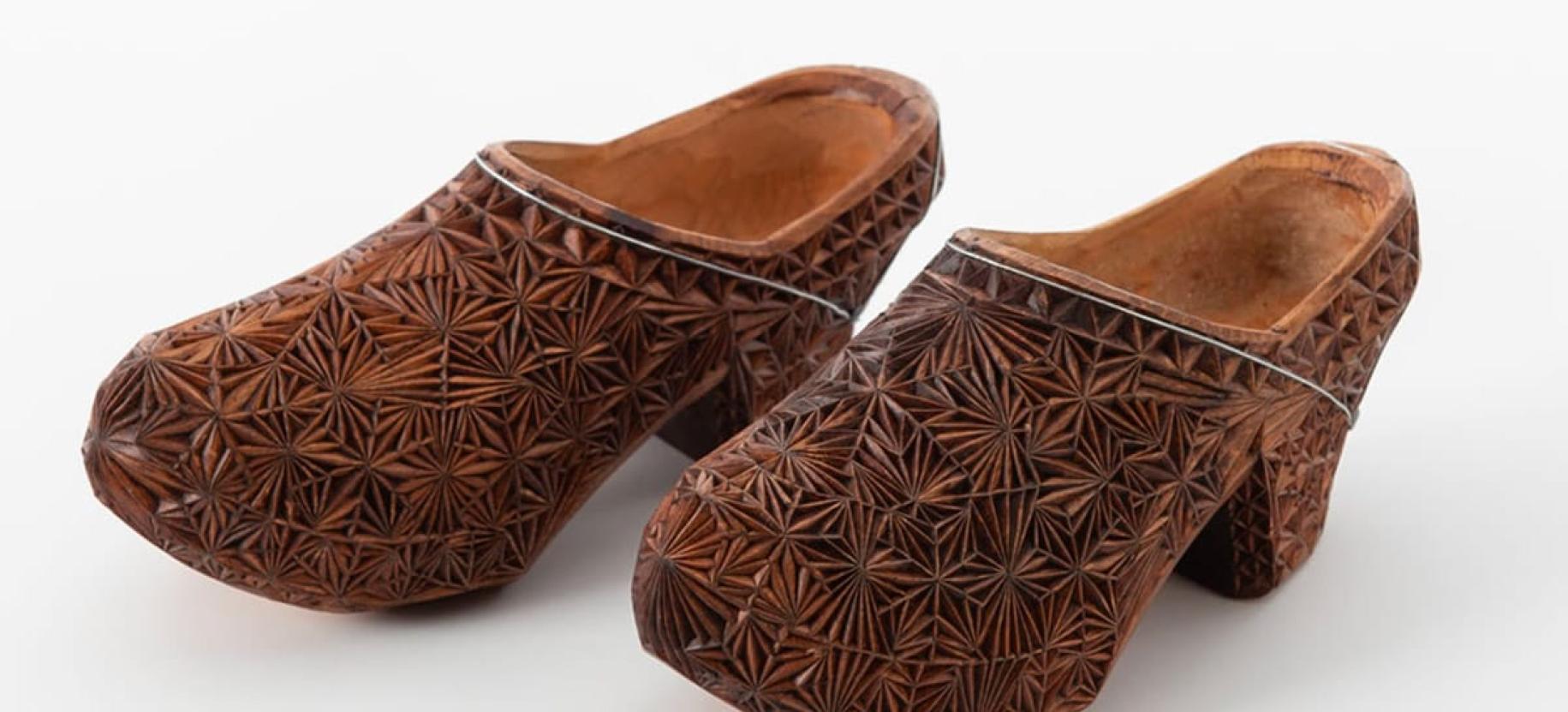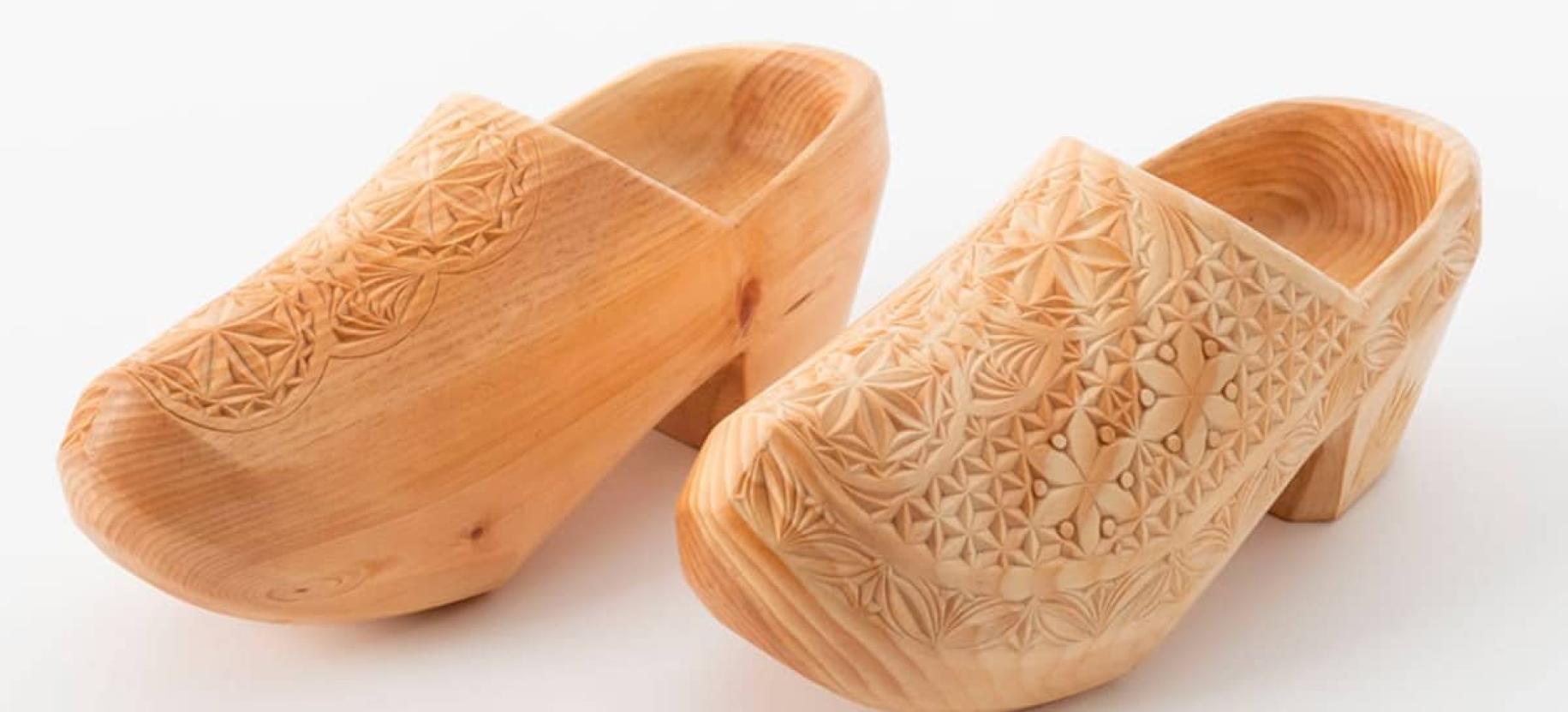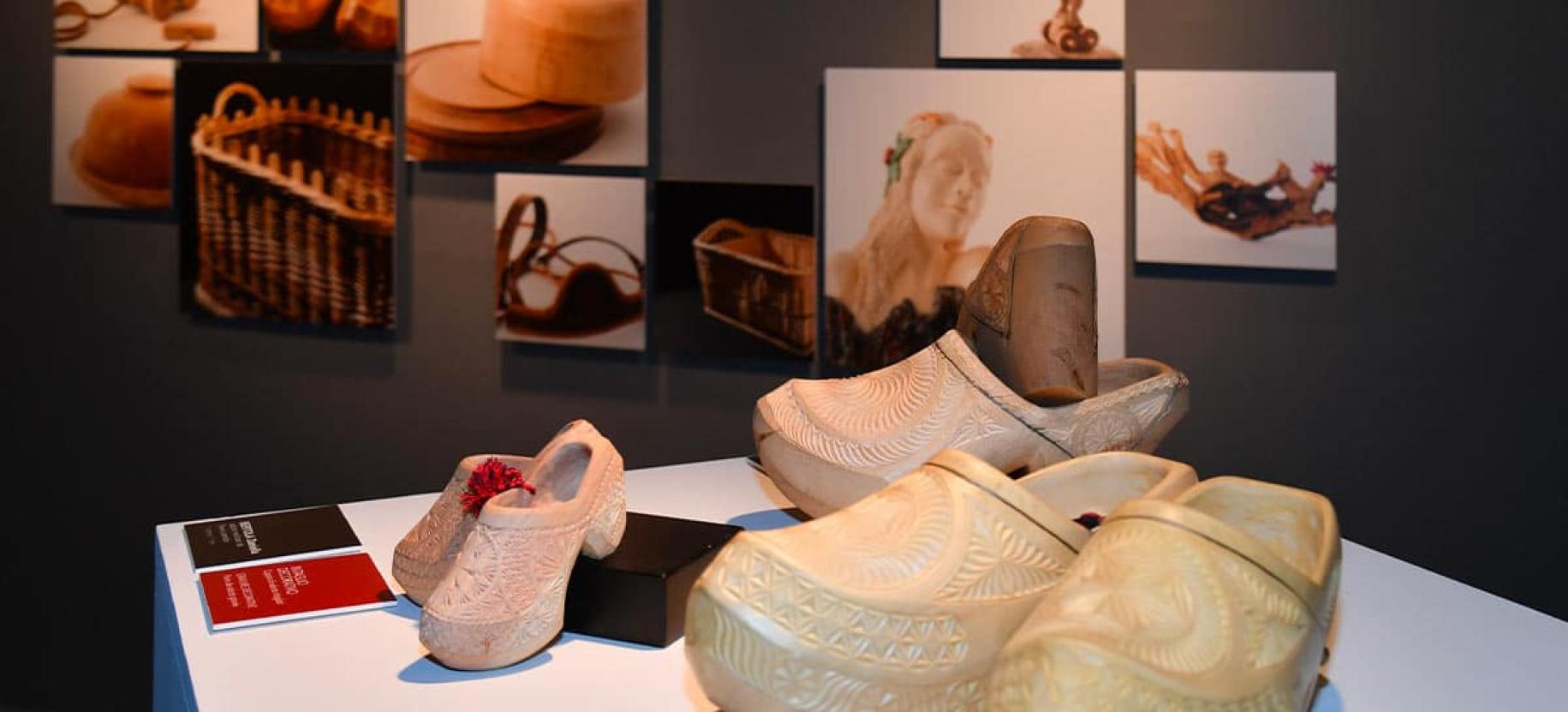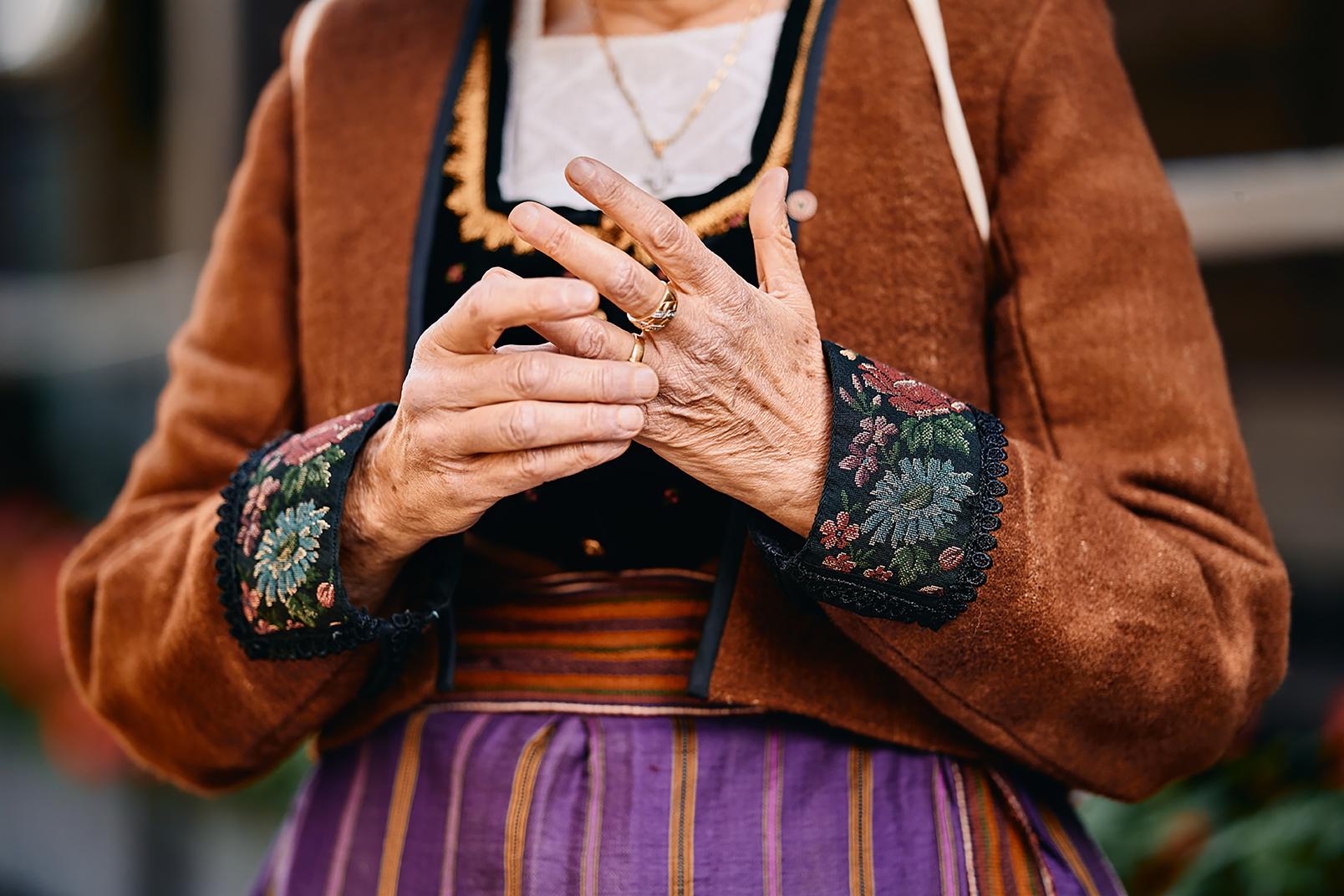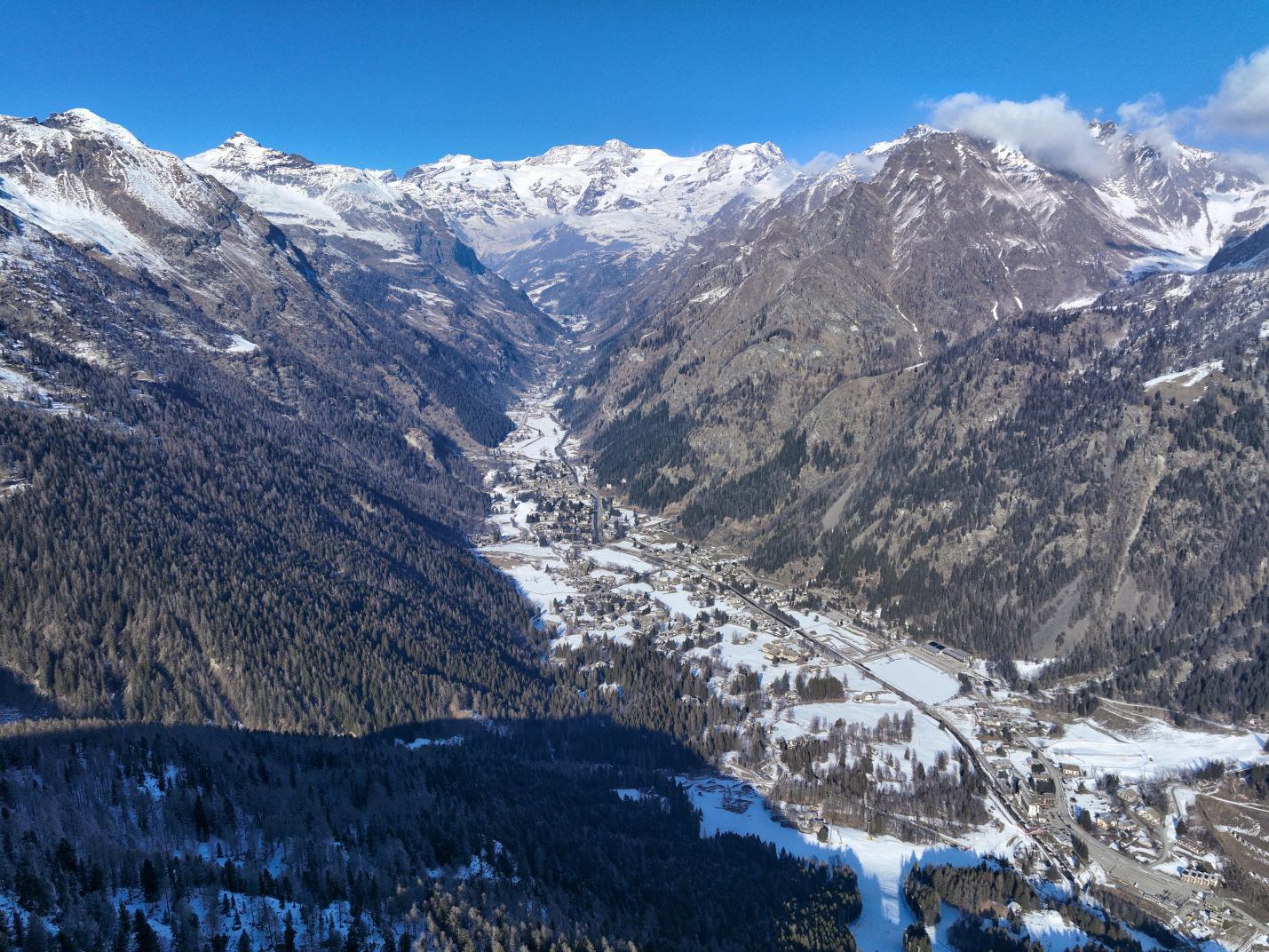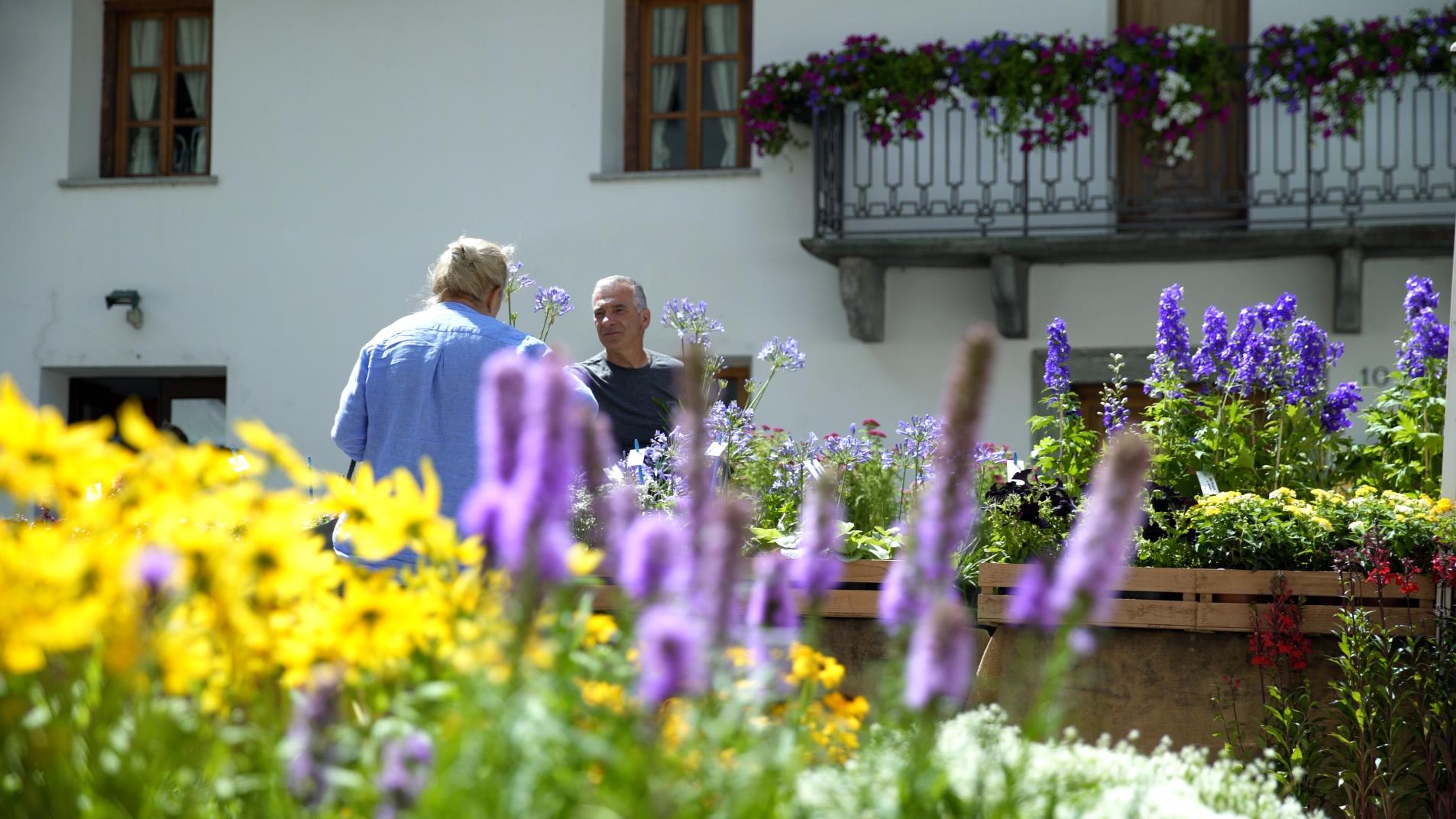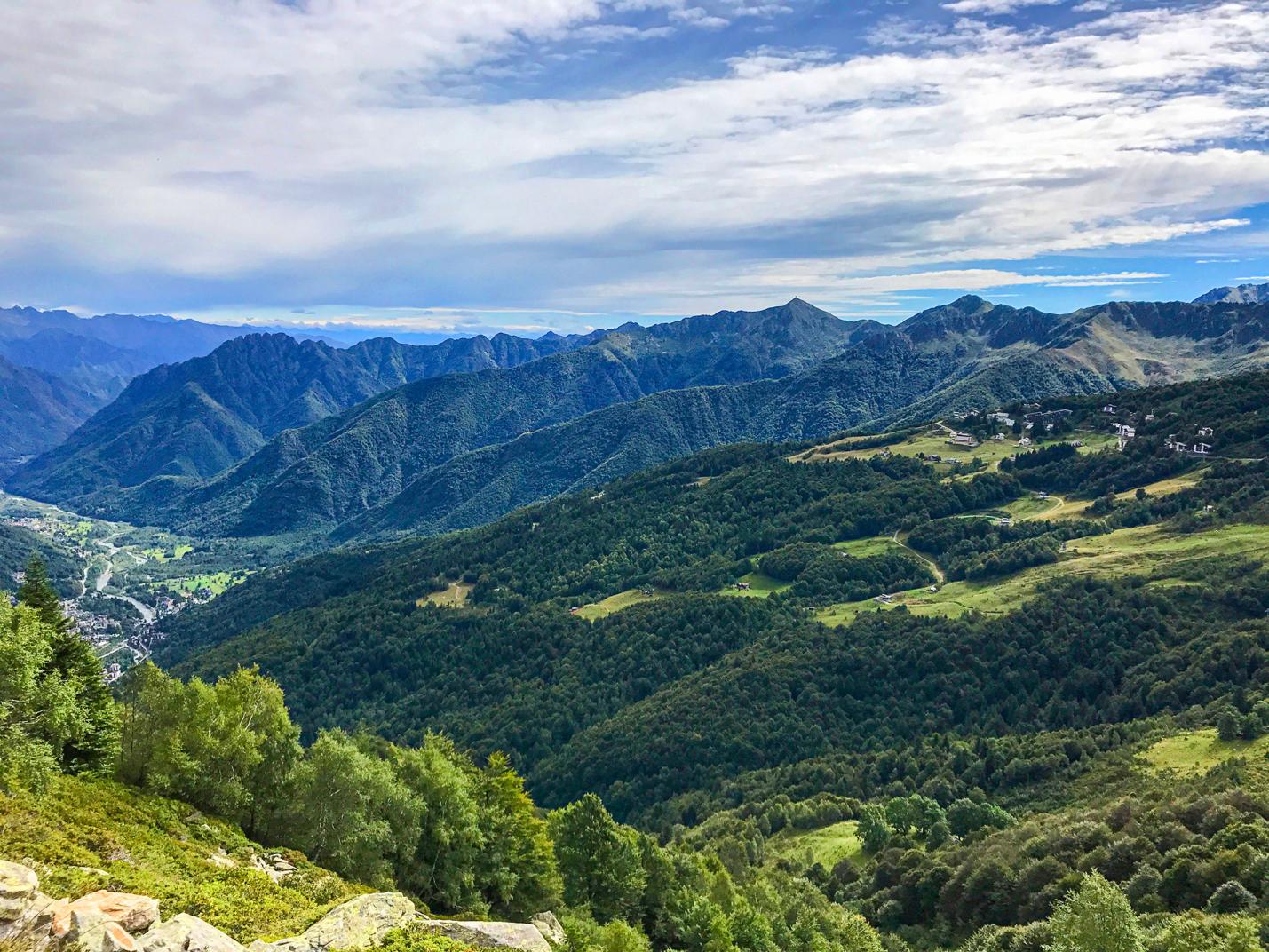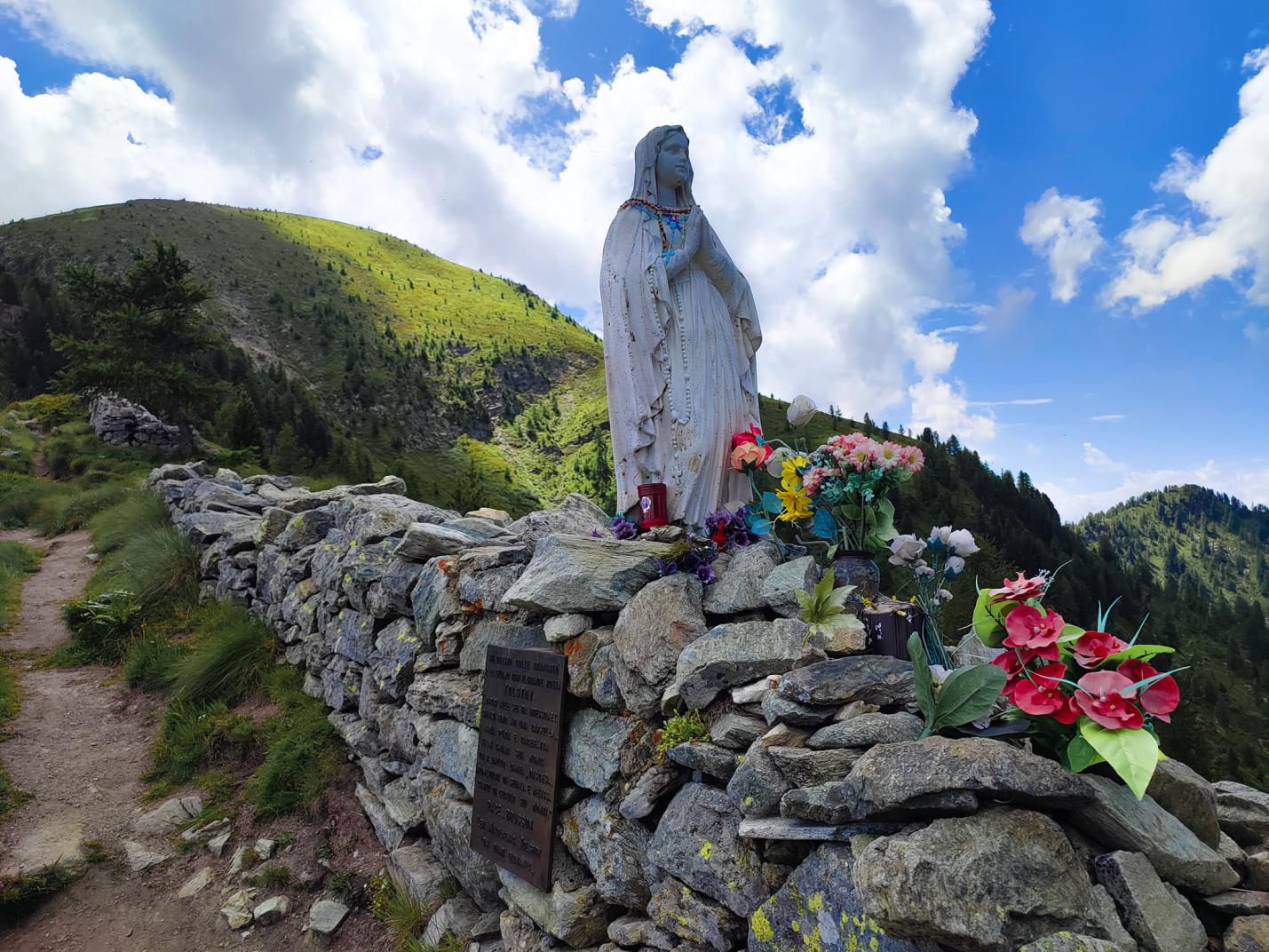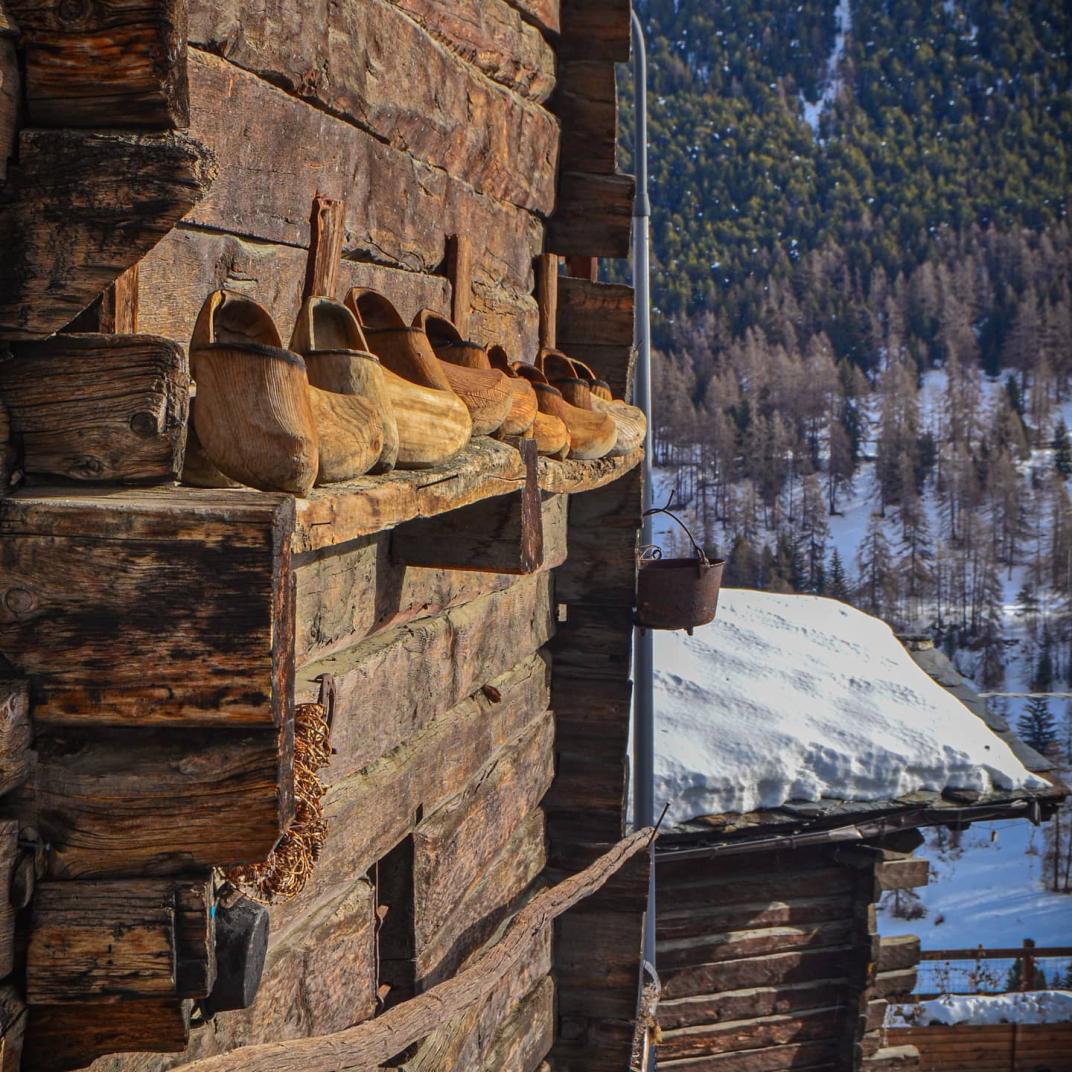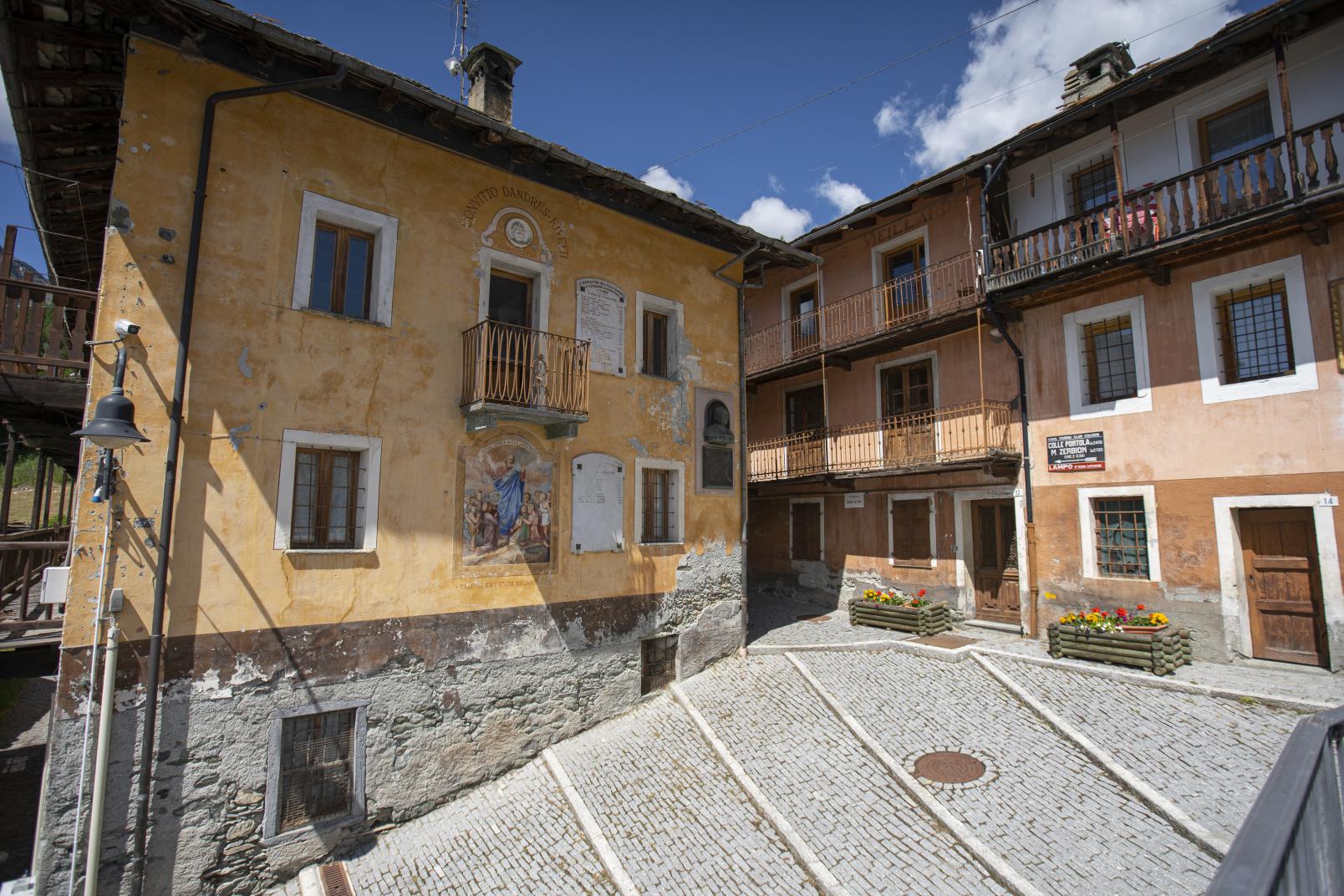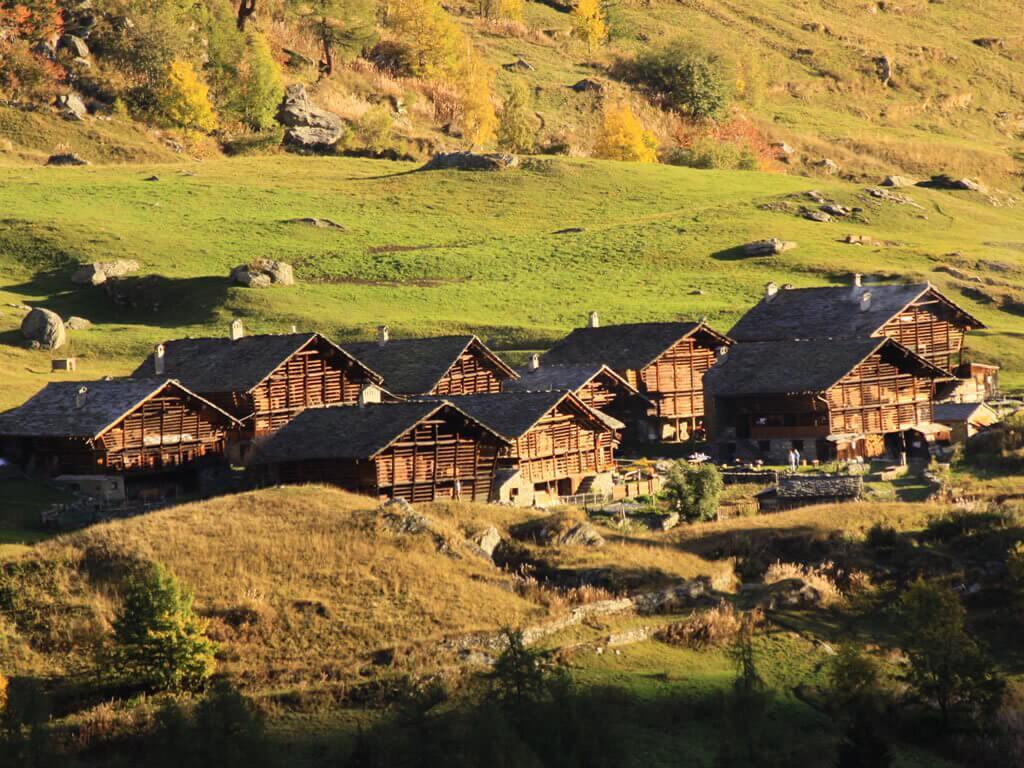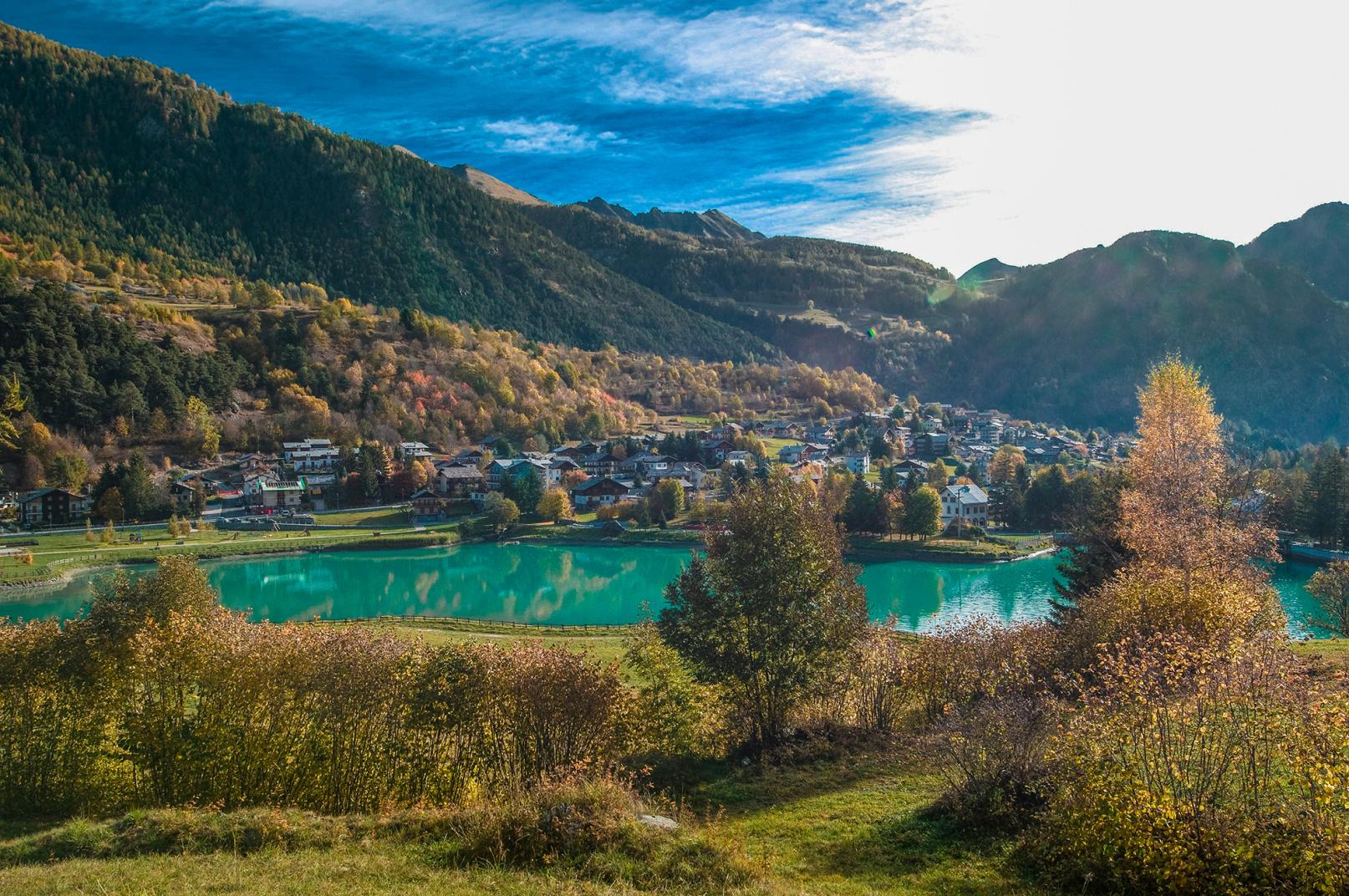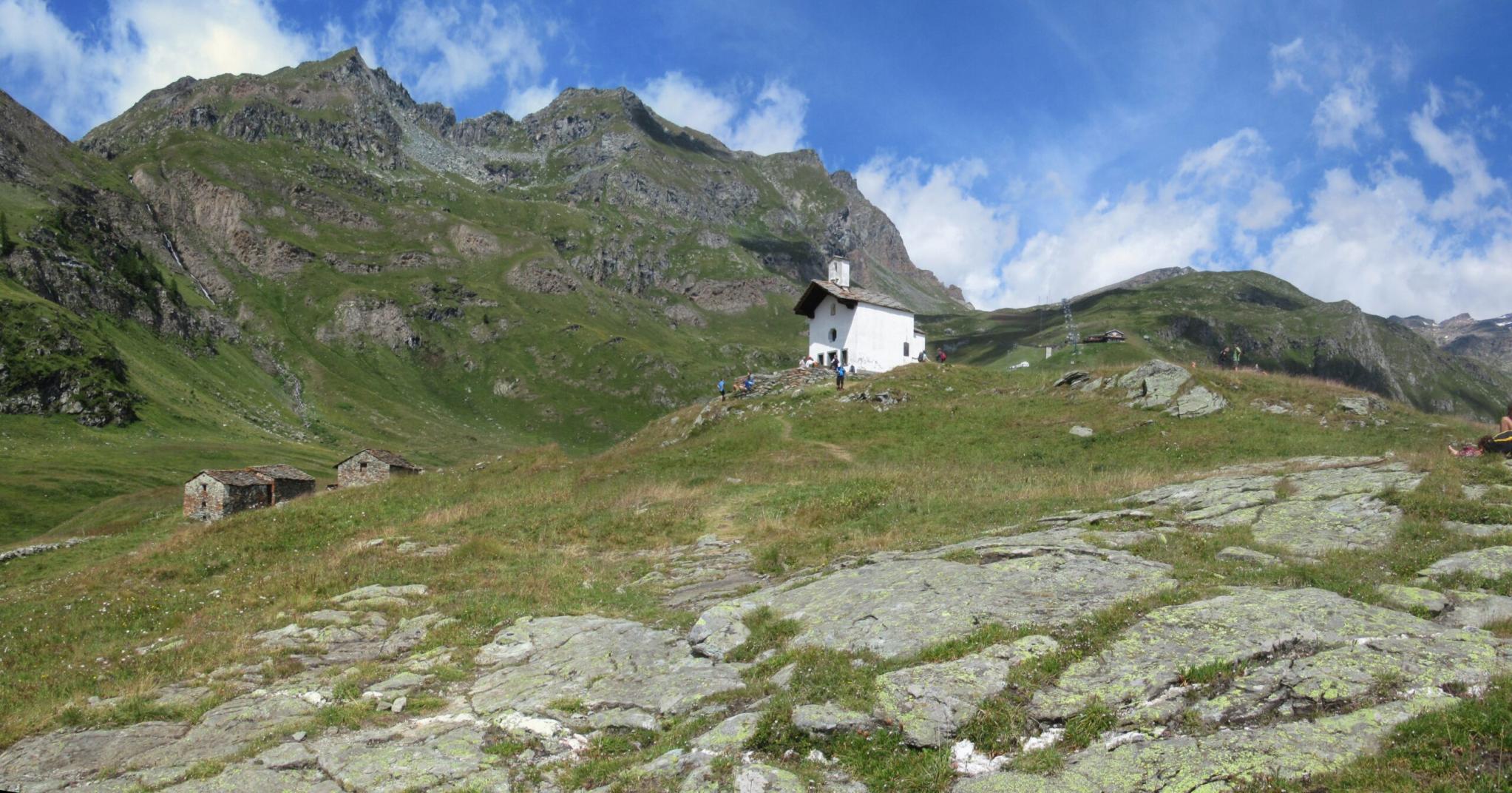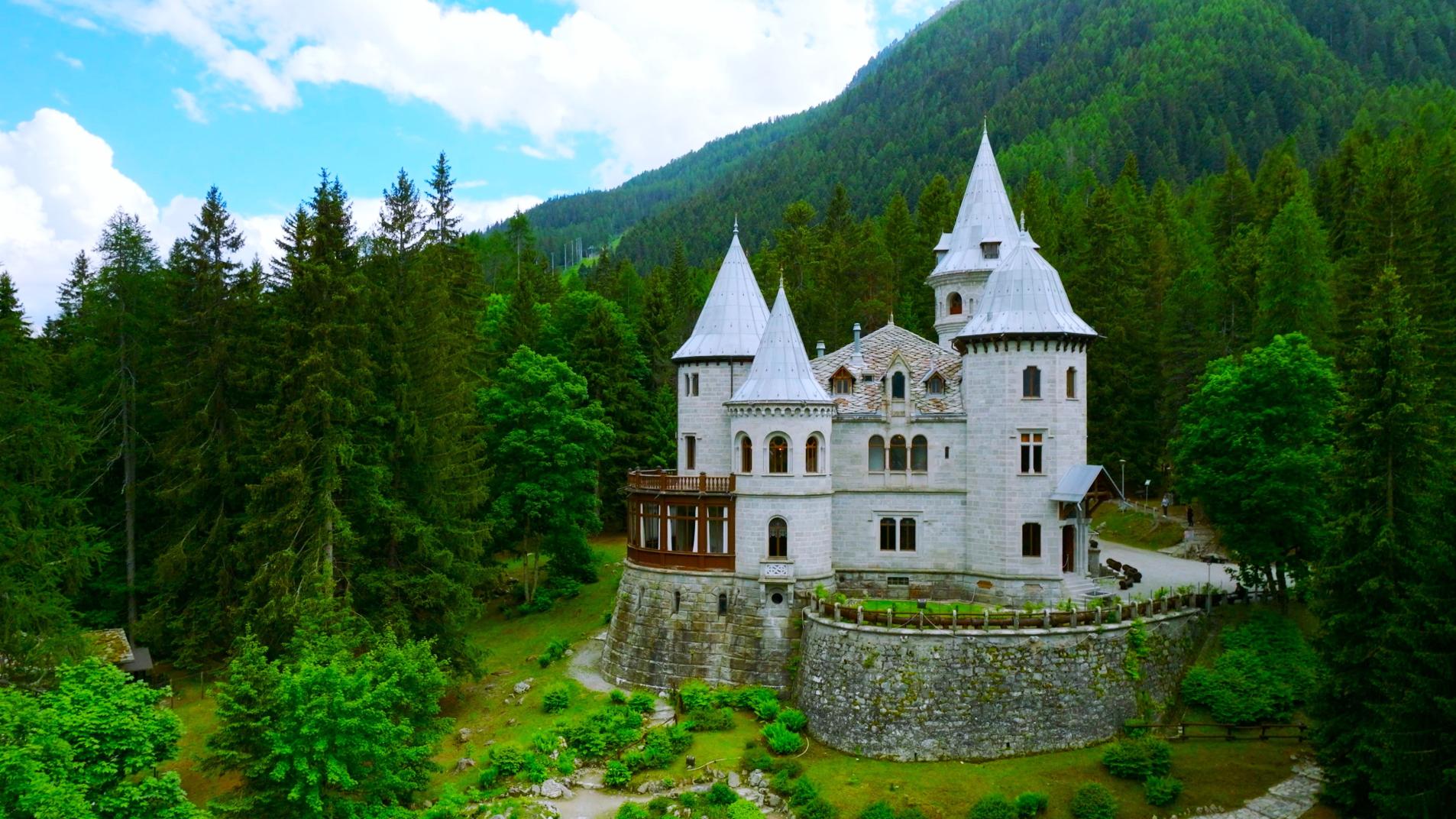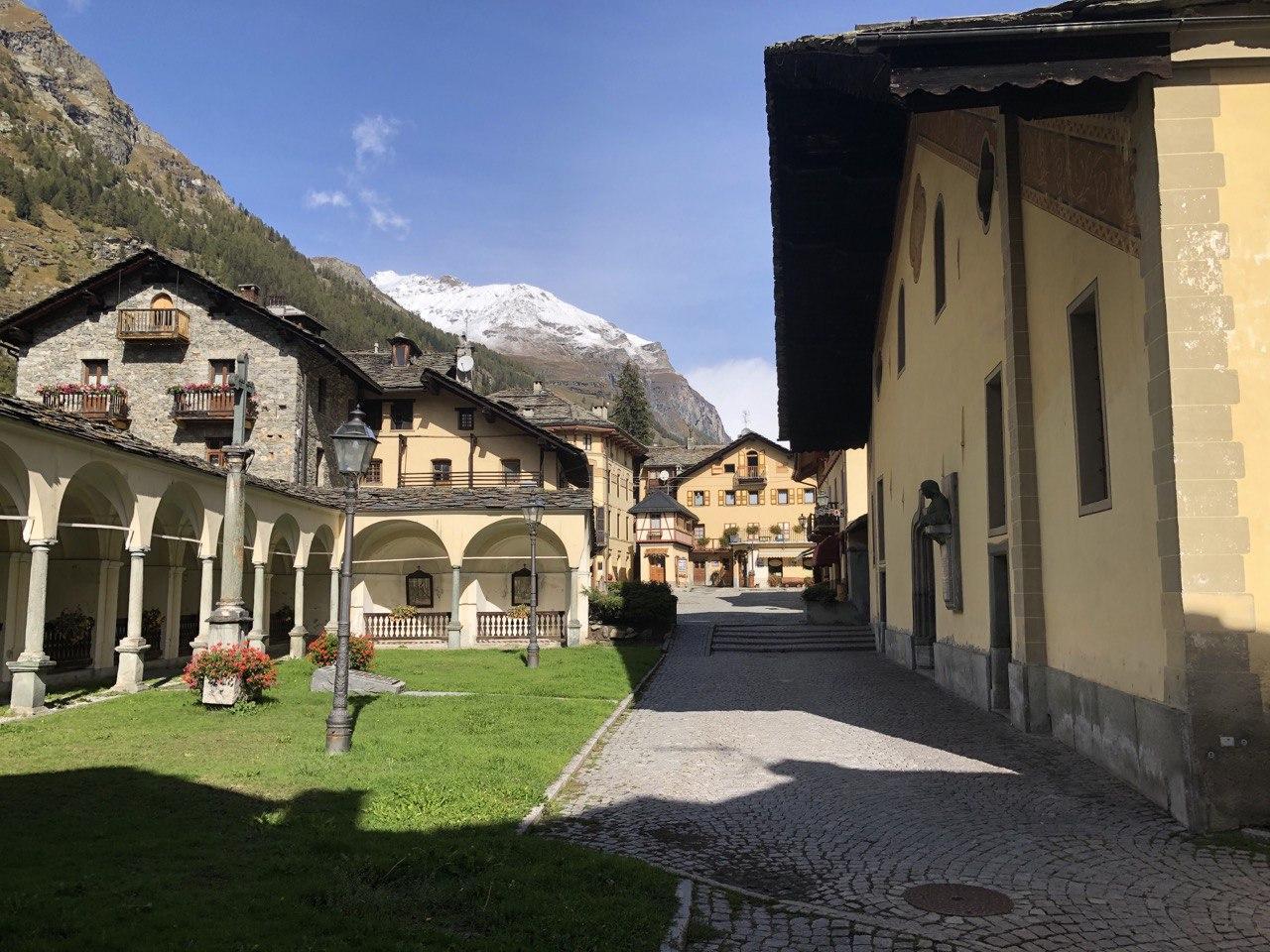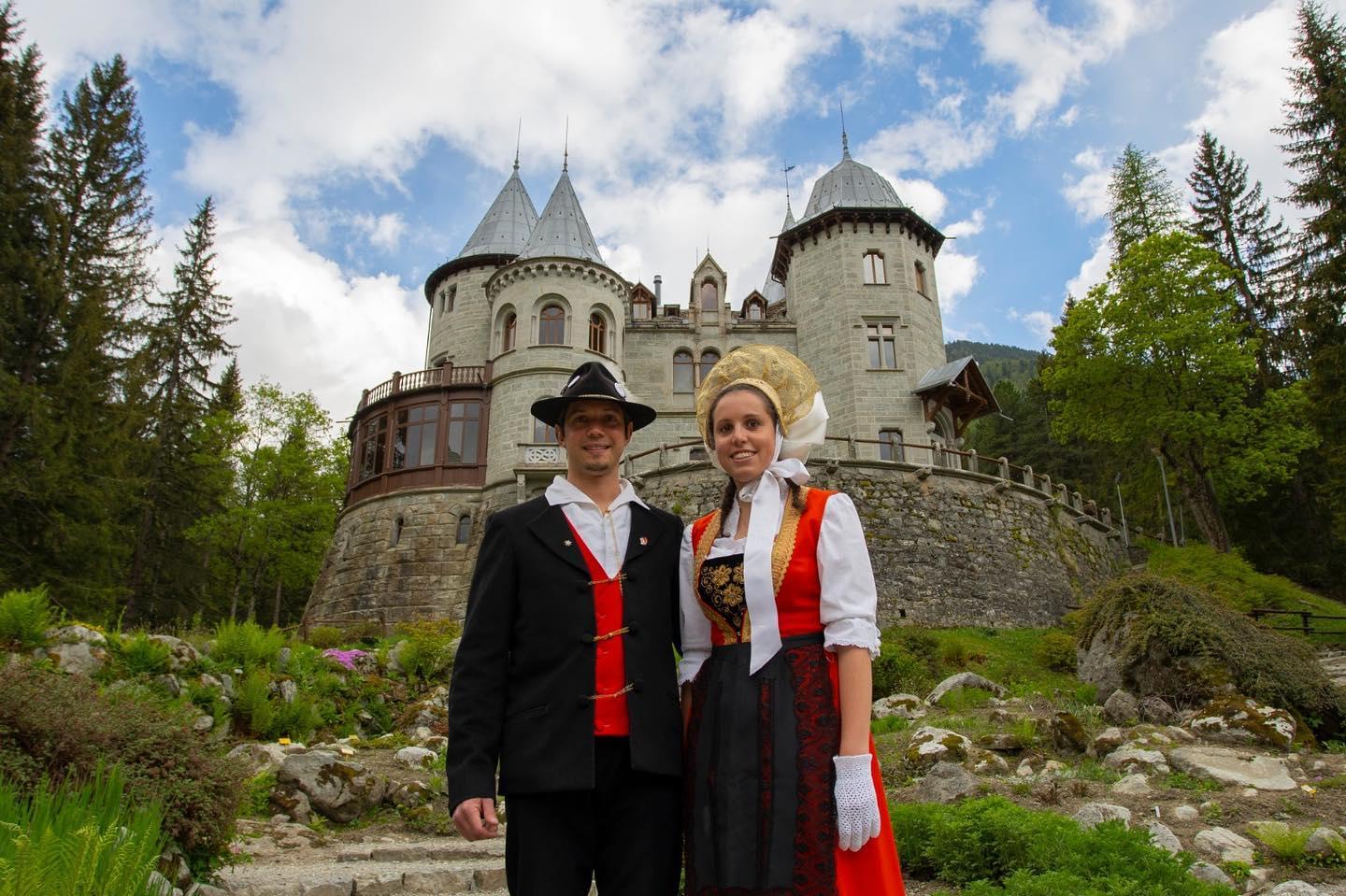Symbol of the millenary fair of Sant'Orso, sabots represent, at least in Valle d'Aosta, the forerunners of mountain boots.
Although the origin of these wooden shoes is ancient and unknown, it can be assumed that they were born, thanks to the happy intuition of some craftsmen, from the need to have sturdy and comfortable shoes suitable for the climate and the nature of the soil. In addition to being cheap, sabots had the advantage of being warm and dry, that is, suitable for the rigors of winter, mud and rain.
Made from a single piece of wood, this shoe became a commercial object in Val d'Ayas already in the 18th century, as testified by the intendant of the Duchy who, in his report on the state of the forests and metallurgical industries of the Aosta Valley, provides the first data on its production and marketing. And to understand the quantity of clogs produced, just think that the sabotiers were paid by the day, generally quantified in the manufacture of twelve pairs of sabots.
The Sabot or "Tsoquè" are the characterizing element of the traditional craftsmanship of the upper Val d'Ayas. Walking through the villages of Ayas one often encounters them displayed to decorate the wonderful rascards. The craft of the sabotier is today handed down and represented during the Sant'Orso Fair by our precious craftsmen.

